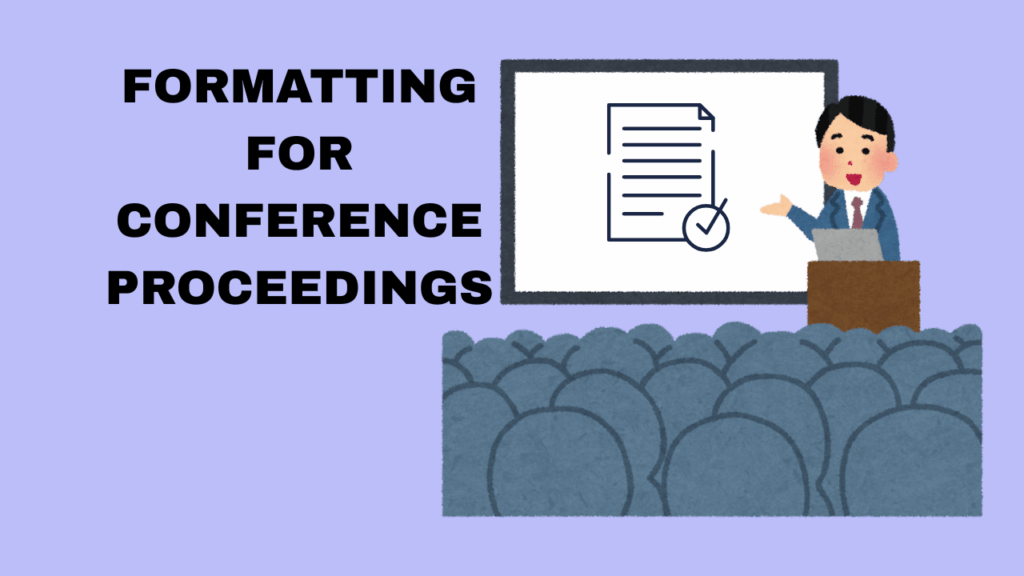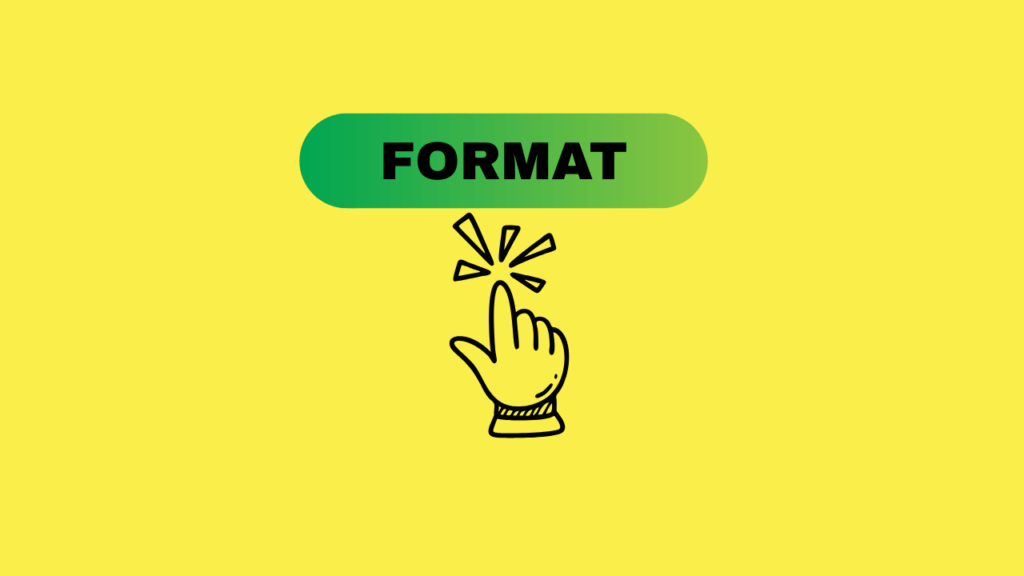4 major style guides on labeling composite or multi-part illustrations

Among the many ways in which journals and style guides differ from each other is the format for labeling illustrations or figures that consist of two or more parts, or panels. Imagine, for example, that your paper includes a figure that shows how average monthly temperature varies in four cities, say London, New York, Seoul, and Tokyo. The figure, therefore, has four panels or parts or components, one for each city. Here is how the labeling conventions differ with the style guide or the publisher:
1. AMA Manual of Style [1] is typically detailed and thorough: “For composite figures with 2 or more panels, capital letters (A, B, C, D, etc) should be used.” It also suggests that in the caption, the capital letter should be followed by a comma. Incidentally, note that AMA style dispenses with the period i.e. it recommends “etc” and not “etc.” Thus, it would be “A London” (followed by “B, New York”, and so on).
2. Scientific Style and Format [2] opts for the lowercase and the closing (right-hand) bracket instead of a comma. In that style, your label would read a) London (followed by b) New York and so on). The Chicago Manual of Style treats the matter the same way.
The two major guides on the other side of the Atlantic are less precise in describing their preferred style but their preference can be inferred from the examples used in the text.
3. Butcher’s Copy-editing [3], which describes the practice of Cambridge University Press, has this to say: “If any of the illustrations consist of more than one image, check that the parts are labelled (a), (b), etc., as appropriate.” The difference lies in the fact that the tags are enclosed fully, as in: (a) London, (b) New York (and so on).
4. New Hart’s Rules, which codifies the practice of Oxford University Press, introduces yet another minor variation, which combines one element of the US practice and one element of the Cambridge guide by suggesting capitals enclosed within brackets: (A), London, (b) New York (and so on).
So now you know how to format the labels for multi-part figures depending on the style guide or at least what to look for in your target journal’s style.
[1] AMA. 2007. AMA Manual of Style: a guide for authors and editors, 10th edn., p. 119. New York: Oxford University Press [and American Medical Association]. 1010 pp.
[2] Style Manual Committee. 2014. Scientific Style and Format: the CSE manual for authors, editors, and publishers, 8th edn, p. 663. Wheat Ridge, Colorado, USA: Council of Science Editors. 722 pp.
[3] Butcher J, Drake C, and Leach M. 2006. Butcher’s Copy-editing: the Cambridge handbook for editors, copy-editors and proofreaders, 4th edn, p. 75. Cambridge: Cambridge University Press. 543 pp.
[4] OUP. 2014. New Hart’s Rules: the Oxford style guide, 2nd edn, p. 318. Oxford, UK: Oxford University Press. 464 pp.
Related Reading –
The complete guide to writing a brilliant research paper






